Kulangsu: Finding the Amoy-Manila connection
Amoy: a city with close links to the annals of Manila’s history. Today known as Xiamen, this vibrant, mid-sized coastal city in Fujian province has an enviable reputation as one of China’s most livable cities.
As historic Chinese cities go, Xiamen is far less known than former imperial capitals such as Xian, Beijing or Nanjing. The city only entered modern consciousness when it became one of the five original treaty ports in 1843 forced upon by British colonialists to the declining Qing imperial dynasty. This resulted in Xiamen becoming a major commercial port and point of exit for Chinese emigration to Nanyang—today’s Southeast Asia.
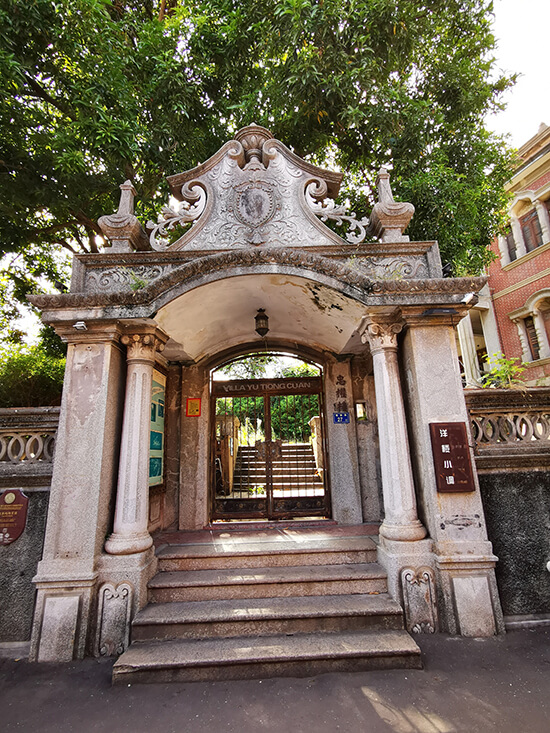
A legacy from this era is the island of Gulangyu (or Kulangsu in Hokkien), a smooth 20-minute ferry ride across Lujiang strait from the mainland. This UNESCO World Heritage site is undoubtedly Xiamen’s hottest attraction. In 1903, the island was designated an international settlement by Chinese emperor Guang Xu, which meant that it would be transformed into an extraterritorial enclave that would be co-governed by 13 Western nations, a system that was to last until the Japanese surrender in 1945. In time, Gulangyu developed and became a choice address among Amoy’s Western expatriate community who built schools, churches, hospitals, consulates, clubs, recreational facilities, hotels and residences in this patch of approximately two square kilometers.
In the 1920s, overseas Chinese from Southeast Asia, many becoming successful taipans in the region, also began constructing family homes, often displaying their wealth and stature, further raising the profile of Gulangyu as an island of gentility and refinement.
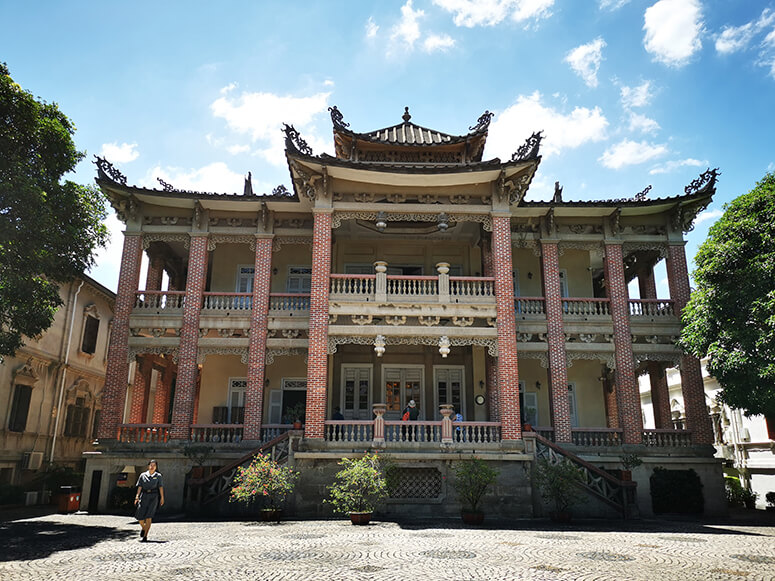
As someone who studies Chinese diasporic history, Gulangyu is a fascinating destination, made more so when you understand its historic Philippine links. It was not my first time to this poetically named “Drum Wave Island,” but our most recent trip turned out to be the most memorable one.
Upon the invitation of urban planner and mobility advocate Dr. Robert Siy, I recently revisited Gulangyu with members of the Siy family who were on a journey to revisit their great-grandfather’s home. As I found out, Dr. Siy’s ancestral roots have deep connections to Gulangyu. Their paternal great-grandfather was Siy Cong Bieng (Shi Guang Ming) while their maternal great-grandfather was Uy Siu Long (Huang Shi Liang). Both were prominent tycoons in 1920s Manila whose fortunes were made from various business holdings. At their peak, these two magnates built impressive mansions on the island.
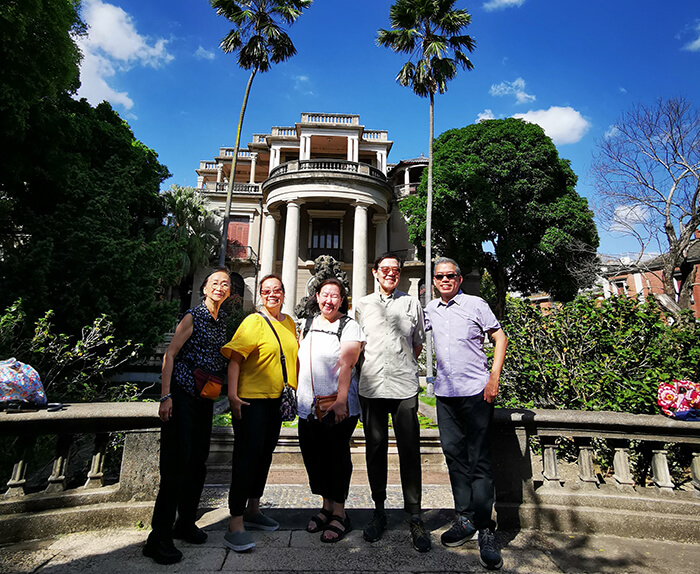
The Siy Cong Bieng mansion now houses the China Records Museum but there is no doubt that it was once a fabulous villa. Dating to 1920, this three-story mansion complex immediately impresses with its imposing porticoed, Western-style façade. Chinese flourishes are noticeable at the front garden that is laid out in the shape of a traditional Chinese gold ingot. At the center is a taihu limestone piece, a classic feature of Chinese garden landscaping. In 1931, the property was sold to a Chinese-Vietnamese real-estate magnate and has been known as the Huang Rong Yan villa ever since.
Across the former Siy property is the Uy Siu Long Mansion, also dating back to the 1920s. In Chinese, it is referred to as “Hai Tian Tang Gou,” or the Wind and Sky Mansion. This mansion complex of five large villas epitomizes the eclectic nature of Gulangyu’s period architecture. Colonial style construction with stately columns and open verandahs feature prominently at first glance, but traditional Chinese elements, including wooden brackets, traceries and its distinctive upturned roof immediately take us back to Amoy’s Hokkien roots.

Inside, wood paneled floors complement the colorful cement tiles. Coming from Manila, I was immediately thrown back to the pre-war homes of the old that used the exact floor materials locally known as machuca tiles.
More than just family history, this visit also turned out to be a meeting of minds between Xiamen and Manila folks interested in Gulangyu’s history. Upon the initiation of Dr. Siy, our group sat down and met with architecture professor Li Yuan from Xiamen University. Professor Li, to our surprise, convened a group of academics, Ph.D. students and local government officials who were eager to meet descendants of former property owners. What followed was a morning of lively discussion—switching between Mandarin, Hokkien and English translations—on the family, social, cultural and architectural histories between the Gulangyu and the Manila Chinese community. A common research interest was suddenly thrust wide open.
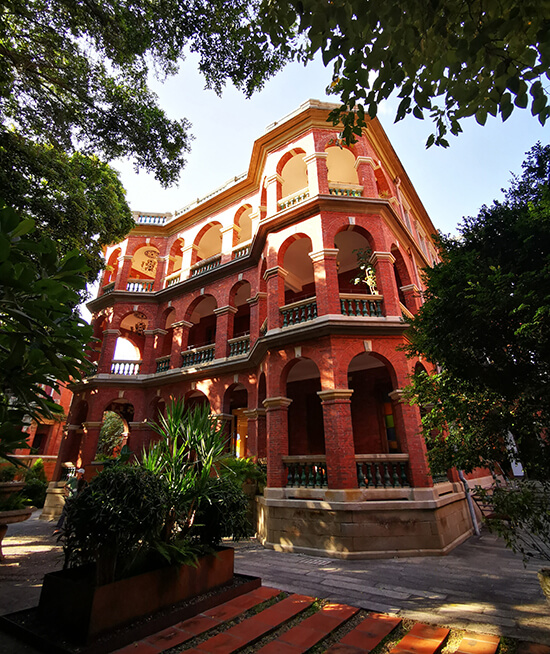
With our new companions, we explored more of the Philippine links in Gulangyu. On foot (the island is car free), we climbed hilly terrain and put up with summer heat to visit mansions built by eminent pre-war Manila taipans. There’s the Dee family complex owned by China Bank founder Dee. C. Chuan, who constructed impressive villas not only for his wife but also for his parents. Today, the Dee family villas function as a tourist facility with a cafe, food shop and boutique hotel. Over at Villa Yu Tiong Cuan, we had special access to one of the four family mansions at this expansive compound. Yu Tiong Cuan was related to the century-old Yutivo Hardware Corporation in Binondo and was one of the founders of Southern Motors Incorporated, the exclusive local partner of America’s General Motors auto company in the 1940s. A descendant of the Yu family is Elizabeth who would later become Mrs. John Gokongwei of the Robinson’s retail empire. In 2016, Mrs. Elizabeth Gokongwei and her cousins donated their family’s mansion to the Xiamen government to be turned into a cultural facility.
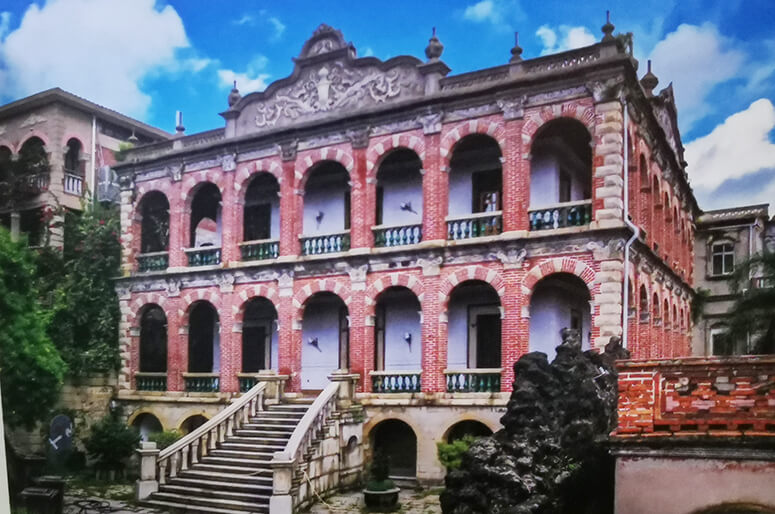
Less famous but equally intriguing was the Kho Keng Koan (Xu Qing Quan) mansion constructed in 1927 in what locals referred to as “Hua-Na-Lao” or foreign style, with its flowery plasterwork and elaborate verandah-style facade. These and more estates are all linked to the economic and social history of Manila’s Chinese community.
So many questions opened up with this visit. Various Chinese sources mention architectural designs and materials coming from the Philippines. Who were these architects? What were these materials? How much Philippine cultural imprints crossed over to Gulangyu? This turned out to be more than a typical tourist visit. It opened a door to historical research and collaboration on this fascinating but largely unknown chapter of Tsinoy community and Manila-Xiamen history.


